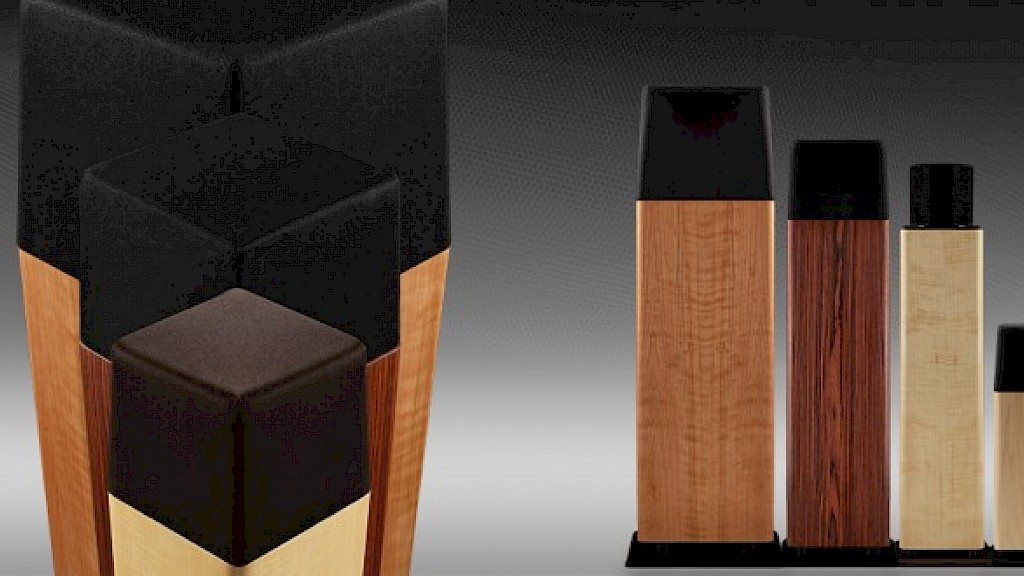Phased Out: Part 2 – Absolute Phase
In the last blog, I discussed how it is important to have the front mains all “in-phase” and how it is fairly easy to confirm your system is properly connected. Now, things get a bit trickier as we discuss Absolute Phase.
Music consists of a series of sonic events (notes), each with a beginning, a sustained section, and an end. With acoustic music, each instrument has either the compression wave at the beginning (like voices) or the rarefaction wave at the beginning (like tympani). It has been demonstrated that the beginning is the critical part of a sonic event for human hearing. It has also been demonstrated that the compression wave and rarefaction waves are not symmetrical in music. Modern physiology has shown the ear sends a different signal depending on whether it is a compression or rarefaction wave.
There is not a recording standard that all adhere to in reproducing these beginnings in the same direction (compression or rarefactions) as the live instruments. There are many, many places in the reproduction chain from the microphone to the speaker where the phase can be reversed – and often is. If reversed, this would make a tympani wave start with a pressure wave which is obviously impossible since you hit the drum head from the outside of a sealed enclosure. Why is there no standard for such an obvious event?
Many, many people have experimented with reversing the phase of recordings and nobody (that I am aware of) has been able to demonstrate in a peer-reviewed, double-blind test that they could reliably make the distinction on music. If any reader knows of such a published and verified experiment, please let me know. This does not prove the effect is not audible; just that it is inaudible to most people taking the tests.
I was first introduced to this problem by Clark Johnsen’s 1988 book, (The Wood Effect: Unaccounted Contributor to Error and Confusion in Acoustics and Audio, ISBN 0-929383-00-1). Back then, I tried to hear the effect in a blind testing and didn’t do much better than flipping a coin. Others like George S. Louis have become major supporters. While others like Dan Shanefield have pointed out other potential sources of this effect that need to be eliminated before accepting the results.
The many people that tried to repeat the tests did demonstrate that on certain test signals the absolute polarity was consistently detectable. Why have so few people been able to hear it on music? I believe golden ears can be trained. Maybe Clark and George have trained themselves to be sensitive to this effect while Dan, myself and most others just have not learned to hear it. I hope others continue the research and a standard is finally established (if needed).
For me, at this time, the effect (or non-effect) falls into the category of too small to merit investing much time or energy while there are major, easily-audible-to-everyone, problems with music reproduction to be addressed (particularly in speakers).
Enjoy & Good Listening!
John
Subscribe to Ohm News & Views to get the latest posts in your inbox
John Strohbeen Author
John Strohbeen was the President and Chief Engineer of Ohm Acoustics from 1978-2023.


